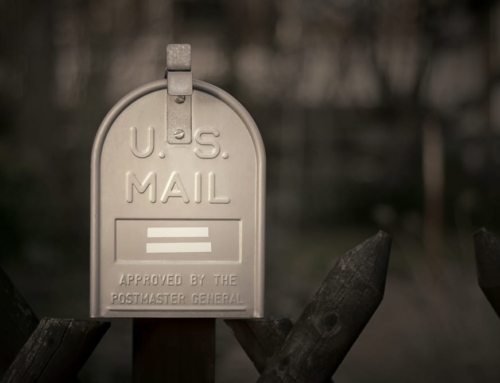Despite a recent upswing, today’s mortgage interest rates remain low. If you’re considering a refinance before rates edge up, it’s important to first understand your options.
Refinancing your mortgage can be a good choice if you want to lower your interest rate or monthly payment, or if you need to tap into your equity in order to use the cash somewhere else.
If you want to reduce your mortgage principal, you can bring cash to the closing table in what’s called a cash-in refinance. If you prefer to tap into your equity, you may consider a cash-out refinance to get access to that money.
Before you decide on the course of action that is best for you, you need to understand the differences between a cash-in and cash-out refinance.
Cash-in refinance
In a cash-in refinance, the homeowner puts in extra money at closing to pay down principal and boost the equity in the home, often in order to qualify for a refinance or avoid paying private mortgage insurance (PMI).
“A cash-in refinance is for people who have an existing loan-to-value ratio that is close to a notch point in pricing,” says Jack Guttentag, a professor emeritus at the Wharton School of Business who now runs an informational website called the Mortgage Professor.
For example, a homeowner who initially put down 20 percent may have less equity if the home’s assessed value has declined. Bringing cash to the closing in order to reach 20 percent equity could make it possible for that homeowner to qualify for the refinance or for a better interest rate.
Some who have the cash choose this type of refinance in part because of low interest rates on savings accounts and CDs. “If they didn’t feel like they had a better use for their money, they have the satisfaction of saying ‘Now I own more of my home,’” points out Rick Scott, an assistant professor of finance at Saint Leo University outside of Tampa, Fla. “Psychology is important in finance.”
Of course, many homeowners don’t have extra cash lying around for this purpose. According to data from Freddie Mac, 85 percent of those who refinanced during the second quarter of this year either maintained the same loan amount or lowered their principal balance by paying in additional money. Of those, only 2 percent reduced their principal balance.
Before a cash-in refinance, Scott suggests running the numbers to make sure you’re truly saving money. “Only do a cash-in refi if you could lower your interest rate enough to make up for the fees,” he says.
Cash-out refinance
A cash-out refinance can be used to fund expenses such as home improvements, medical bills, or college tuition. Freddie Mac estimates that homeowners cashed out $9.5 billion in net home equity of conventional prime-credit home mortgages in the second quarter of this year. However, that number pales in comparison to the $84 billion in cash-out refinance volume during the second quarter of 2006, when cash-out refinances were more popular.
“Before the financial crisis, many people were refinancing as the value of their house went up and taking cash out to take vacations, buy a boat, or buy a nicer car,” Scott says. “But then the value of their house plunged and they were left underwater.”
According to Guttentag, cash-out refinances make up a larger portion of refinances overall when interest rates are high and a smaller portion when interest rates are low. That is because homeowners who don’t need to cash out equity are more motivated to refinance when rates are low.
Why refinance instead of taking out a home equity line of credit (HELOC)? Most HELOCs have an adjustable interest rate, so homeowners who want a fixed rate over 15, 25, or 30 years may prefer a cash-out refinance, according to Donald Frommeyer, president of the National Association of Mortgage Brokers. “You don’t have the expense that you might have in a HELOC,” he says.
Unsecured loans, such as a credit card or personal loan, typically charge higher interest rates than HELOCs or mortgages. “Say you wanted to take cash out to deal with some kind of emergency,” Scott says. “If it prevents you from borrowing at higher interest rates, a cash-out refinance might make sense.”
Still, it’s important to think through the repayment timeline and total interest before cashing out equity. “[Home-owners] have to understand and try to figure out exactly how much money they need and what the money is going be used for,” Frommeyer says. “You can’t just frivolously take out $20,000. You don’t want to put yourself in a bind where you’re going be financing that [money] over the entire term of the loan.”
Susan Johnston is a Boston-based freelancer who has covered personal finance for numerous publications including Bankrate.com, The Boston Globe, Learnvest.com, Mint.com, and USNews.com. Find out more at www.susan-johnston.com.





